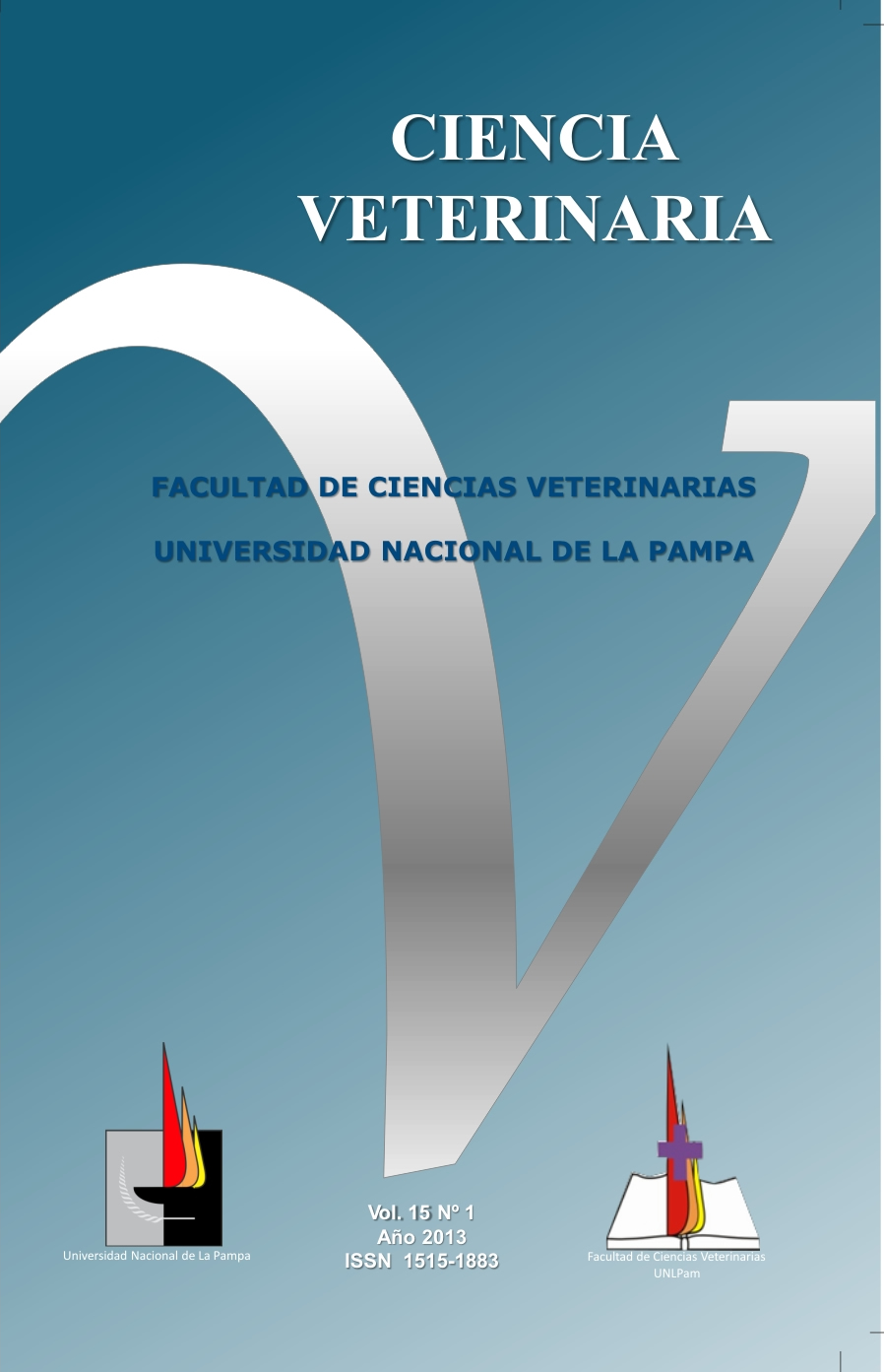Reproductive Effects of GnRH, Azaline B, in the male dog
Keywords:
Azaline B, GnRH antagonist, CanineAbstract
Azaline B is the antagonist gonadotropin releasing hormone (GnRH), that binds to specific membrane receptors Gonadotrophand compete with endogenous GnRH molecules by the occupation of these. This study aims to describe changes of semen ejaculated and epididymis sperm, as well as testicular histopathological changes in domestic dogs treated with the antagonist, Azaline B. 7crossbred dogs, clinically healthy, between 20 and25kg and2 and 4years old were studied. The study included a period of pre- and post-treatment of 7 and 60 days, respectively. On day 0 of the protocol (AZA, n = 6), 375 mg / kg of Azaline B subcutaneously (SC) was administered to the treated group and to the control group (CTL, n = 1), an equal volume diluent SC. Testicular consistency studies, libido, testosterone determinations of serum, ejaculate, microscopic examination oftestes and epididy malspermatozoa were made every 15 days. In the AZA group quantitative variables were analyzed by ANOVA repeated measures. The variables studied in ejaculated and epididymis semen were compared with the Pearson correlation coefficient (r). Libido was not affected in medicated dogs. Testicular consistency, serum testosterone levels and the volume of the second fraction of ejaculated varied throughout the experiment with no significant results. In samples of ejaculated semen and epididymal sperm concentration, viability and morphoanomalies changed significantly between the 15 and 30 days of the treatment being completed, there is a high correlation between the two samples. In histological samples, meiosis in the seminiferous epithelium decreased by 42% on days 15and 30,so did the percentage of primary spermatocytes, spermatids and spermatozoa. In all cases the cells regained the initial amount at the end of the study. We conclude that testicular and seminal alterations produced by the Azaline B are reversible and detectable between 15 and 30 days post-treatment, which suggests the GnRH antagonists as future drugs to be used in contraception and hormone dependent diseases of the dog.Downloads
Downloads
Published
How to Cite
Issue
Section
License
Al momento de enviar sus contribuciones, los colaboradores deberán declarar , de manera fehaciente, que poseen el permiso del archivo o repositorio donde se obtuvieron los documentos que se anexan al trabajo, cualquiera sea su formato (manuscritos inéditos, imágenes, archivos audiovisuales, etc.), permiso que los autoriza a publicarlos y reproducirlos, liberando a la revista y sus editores de toda responsabilidad o reclamo de terceros , los autores deben adherir a la licencia Creative Commons denominada “Atribución - No Comercial CC BY-NC-SA”, mediante la cual el autor permite copiar, reproducir, distribuir, comunicar públicamente la obra y generar obras derivadas, siempre y cuando se cite y reconozca al autor original. No se permite, sin embargo, utilizar la obra con fines comerciales.



4.png)


7.png)



